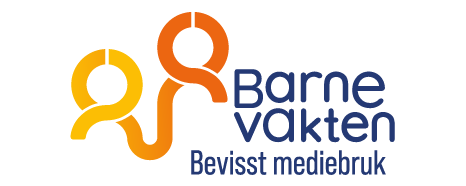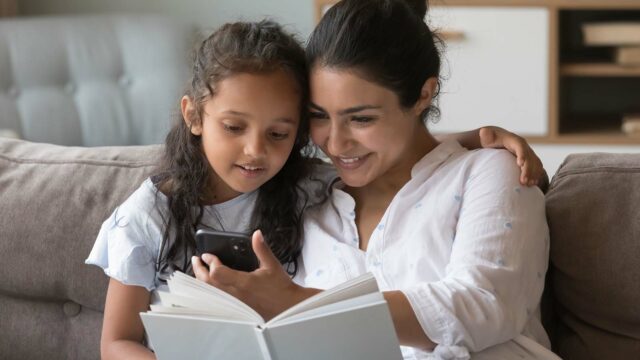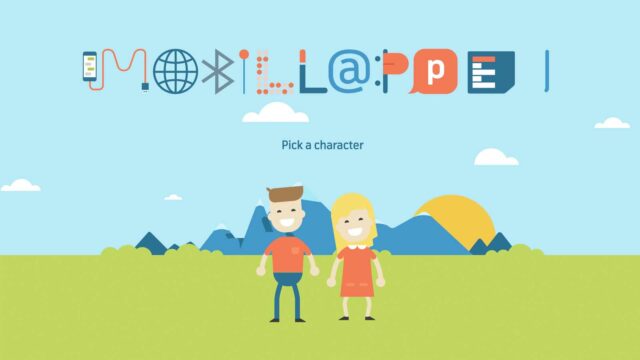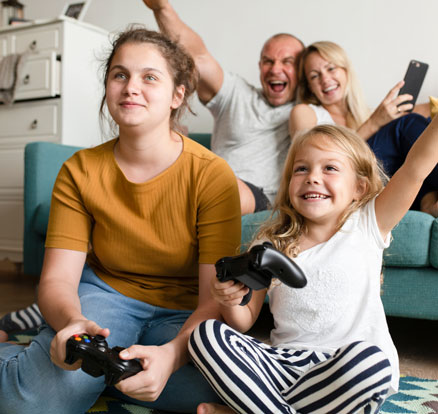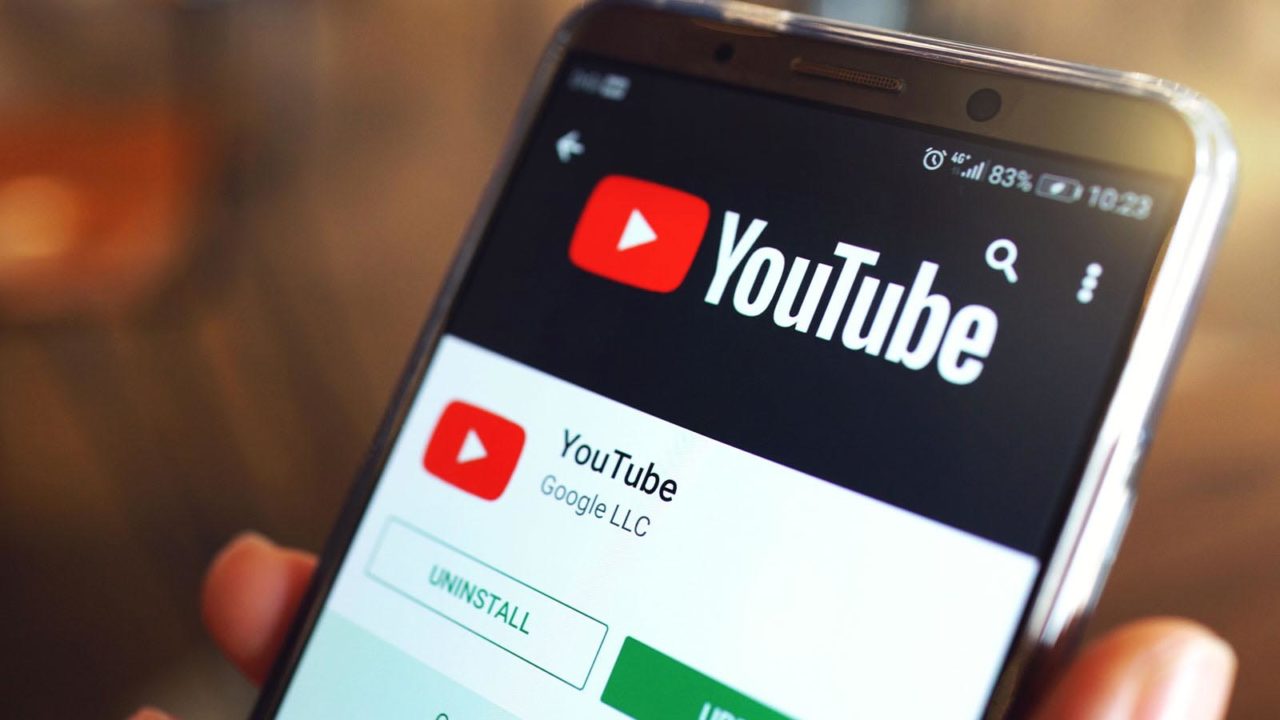
Everything parents should know about YouTube
YouTube has a tremendous influence among children and adolescents, both positively and negatively. Here we’ll show how parents can reduce the risk of their children being exposed to harmful content and unwanted advertising.
Choose language in the Google-box below. Some translations may be flawed or inaccurate.
According to a 2020 survey by the Norwegian Media Authority (Medietilsynet), about nine out of ten children and adolescents in Norway use YouTube – regardless of gender and age (9–18 years).
Worldwide, the video service boasts over 2 billion users who log in every month. Every minute, over 500 hours of video material are uploaded.
There is little doubt that YouTube is one of the most influential media services among the rising generation. And with it perhaps one of the child’s first encounters with the internet when as many as seven out of ten young children (1 – 5 years) watch YouTube (Young Children and Media, 2020).
YouTube is available both as an app and as a website, and both with and without logging in to a YouTube account.
Age-marking of YouTube content
All Norwegian YouTube channels are required to follow the Norwegian age marking regulations. The videos should be clearly age-marked, and product placement and other sponsored features should also be marked. Please note that the rules only apply to Norwegian YouTube channels, all foreign content is not age-marked.
Read more here:
Norwegian Media Authority: guidelines – age classification of image programs.
Parental settings for children
In recent years, YouTube has differentiated its offering by launching YouTube Kids – a dedicated app for children up to the age of twelve, as well as a premium subscription that, for a fee, makes YouTube ad-free and provides access to exclusive self-produced content.
These have been positive launches that have contributed to more choices for how children and young people can use YouTube.
However, YouTube Kids may be felt inadequate for school-age children as they start to grow up. That’s why YouTube has also introduced parental settings in the “adult version” of the video service. There one can set up filters that limit content by age from 9+ and 13+ years.
Age limit on YouTube
How should you as a parent relate to the age limit on YouTube?
YouTube writes in its terms and conditions that one must accept the following to use the service:
«You may use the Service if you are at least 13 years of age; however, children of all ages may use the Service and YouTube Kids (where available) if enabled by a parent or legal guardian.» (Please note that the age limit of 13 is valid in Norway, other countries may have a different age limit, such as 16 years. If your browser is set to a language other than English, the link may direct you to a page that shows an age limit other than 13 years.)
The key is that children under the age of thirteen can log in with an account on YouTube as long as parents activate the service on behalf of their children (note that this whole feature is still in development).
For this to happen:
- Parents must have a Google Account
- Kids get a child account managed by their parents
- Mom or Dad approves kids’ access to YouTube
Read more about the procedure here.
For more information, read Google’s age guidelines here (individual countries may adopt their own age limits, and there are service-specific age limits for some Google services).
In Norway, the age limit on YouTube is regulated by the Privacy Act, which states that one must be 13 years old to become a user of a service that collects personal data. However, if parents give their consent (register this through the relevant service), an account can be created for younger children.
Read more about the provisions of the Privacy Act:
The Norwegian Media Authority: Shall – shall not
Age-restricted content
Some videos have age-restricted content. To play those videos, you must be logged in and over 18 years of age. This applies to videos with vulgar language, violence and/or disturbing images, nudity and sexually suggestive content, and the display of harmful or dangerous activities.
Learn more about age-restricted content on YouTube
App Store and Google Play Store age ratings
Apple and Google are the two dominant players for operating systems on mobile devices (iOS and Android respectively). A dilemma for parents that complicates how to relate to the age limit on YouTube arises when downloading the YouTube app to the mobile or tablet of the children.
In Apple’s App Store, the YouTube app has a rating of 17+. This is because of the content one may encounter in the app, which according to the App Store can include a long list of inappropriate content.
However, in the Google Play Store, the app is labeled with the PEGI symbol for “Parental Guidance recommended.” This means that no special age recommendation has been given, but that parents are advised to assess whether they think the app is suitable for their children.
The difference between the 13-year limit and the various markings at Apple and Google is that the former is a legal limit in Norway related to personal data, while the latter is based on the service providers’ self criteria. Apple uses its own age labeling scheme, while Android uses the pan-European PEGI scheme.
Read more about different age labels here:
Media Authority: How to navigate the ratings of apps and games
YouTube Shorts
Watching and sharing short video clips with the outside world has become popular since Tiktok came to the surface. The videos can be as little as 15 seconds or a minute, but rarely any longer than that.
Many have thrown themselves at this trend. Instagram trouped up with Reels doing much of the same, Snapchat ran on with Spotlight, and now YouTube is also out in full swing with Shorts.
What videos will emerge to children is largely determined by a computer, i.e., it is algorithmically controlled. Based on the user’s age, gender, interests, and which corresponding videos they’ve liked, watched, and commented on, the app suggests more of the same.
Restricted Mode
The ability to restrict access to the content is an optional setting that you can turn on if you want to filter adult content you don’t want your kids to watch.
Read more here about this and how to activate the mode
YouTube Premium
YouTube Premium is a paid subscription to YouTube. It has several benefits – all advertising removed, allowing access to original content, a music streaming service, and the ability to use YouTube offline.
It is also possible to create a family membership for up to six people.
If you want your children to be exposed to less purchasing pressure, this subscription can be helpful.
Read more about YouTube Premium here
Kids who have their own YouTube channel?
71 percent of children between the ages of 9 and 18 have their own user account on YouTube (Children and Media, 2020). With a user account of the age of 13, anyone can start their own YouTube channel and upload content themselves.
With the ability to reach the whole world with an upload, you may want to take some precautions. That’s why we have gathered some great tips and advice.
Read more about advice for children who want their own YouTube channel here.
YouTube Kids
YouTube Kids is an app targeting children between the ages of three and twelve. It is safer and more personalized for the youngest compared to the traditional YouTube app.
However, the children’s version of YouTube is not a flawless alternative. There is limited content from Norwegian creators, and everything on the platform is far from instructive and constructive. For example, it could be a sponsored video where children open toys and other things that create some form of advertising and buying pressure.
YouTube Kids has features like:
- Choose the age of your child, and the available content is adapted accordingly
- Useful parental control settings
- Ability to handpick which videos, channels, and playlists your child should have access to
- Profiles with separate settings for each child
- Ability to block specific channels and videos
- Feature to limit screen time
- Ability to turn off search box
- Less advertising than in the traditional app. Here you will also only find advertisements aimed at children
Read Barnevakten’s Review of YouTube Kids
YouTube Kids has commercials. However, if you have a YouTube Premium subscription, the ad will be removed completely.
Note that even YouTube Kids isn’t 100 percent secure from inappropriate content. Google uses advanced algorithms to weed out unsuitable content, but something may yet come through the filters.
Read more about this here, as well as how to make YouTube Kids even more secure:
How to set YouTube Kids for different kids
Illustration photo: Angie Yeoh / Shutterstock.com
Read more:
- Our Review of YouTube
- Our Review of YouTube Kids
- How to set limits on YouTube for older kids
- How to Set Up iPad and iPhone for Kids
- How to set up Android devices for kids
(This article was originally published on 15.08.2019 and has been updated later. Translated by Ratan Samadder)
